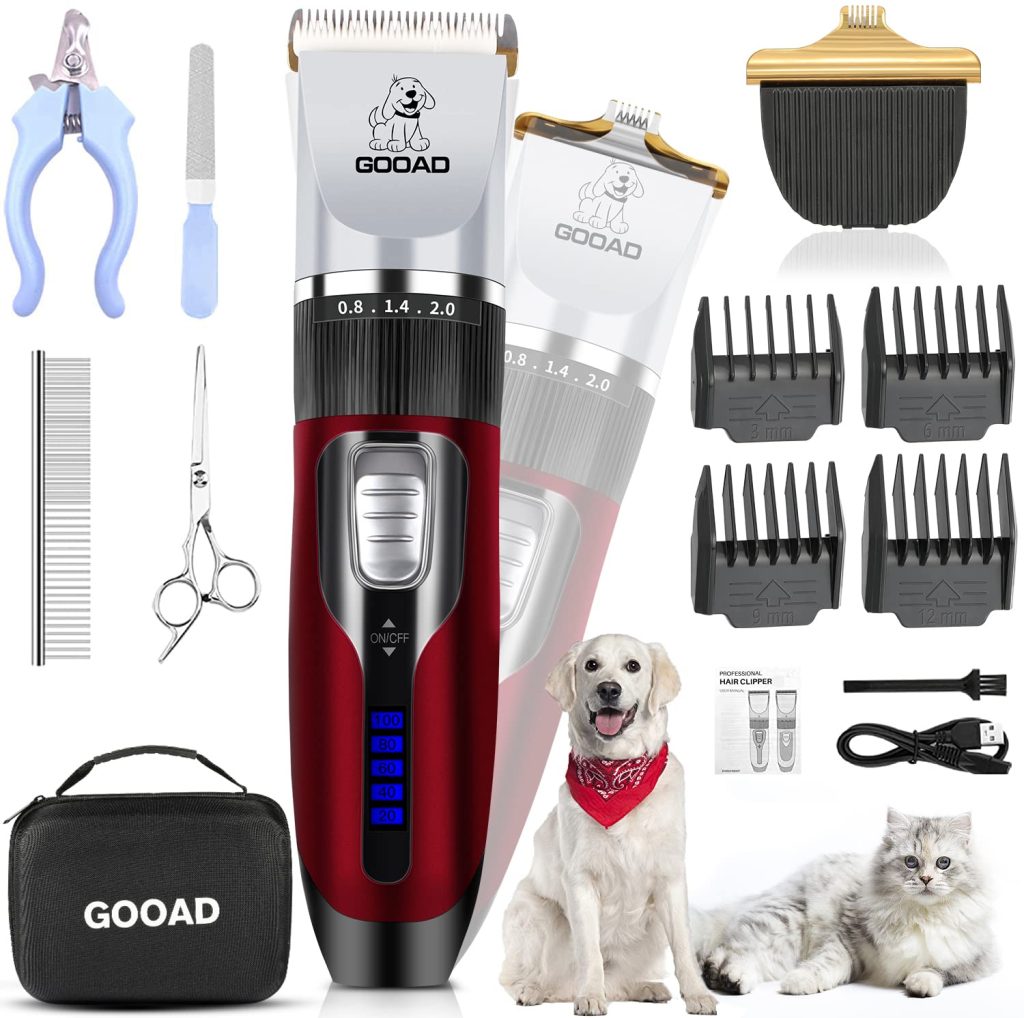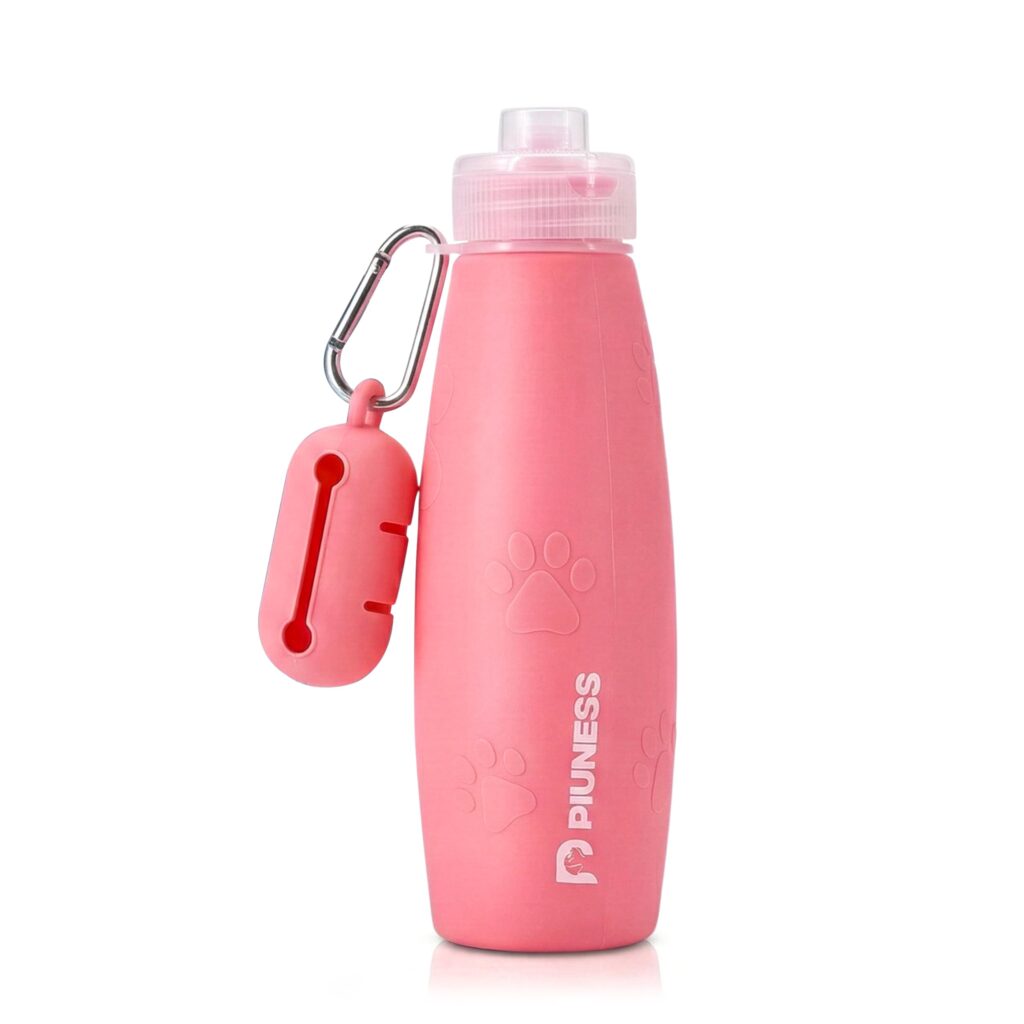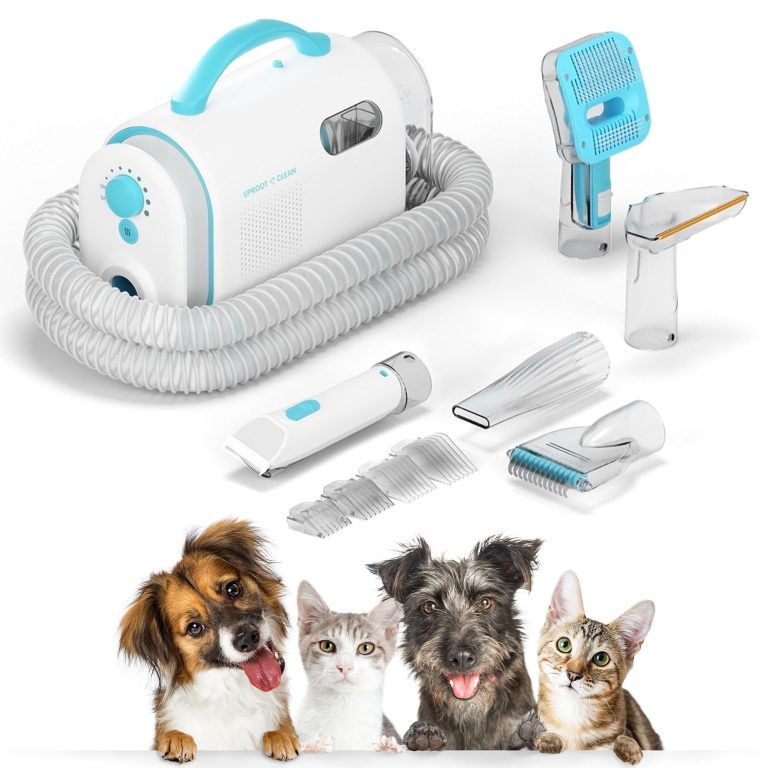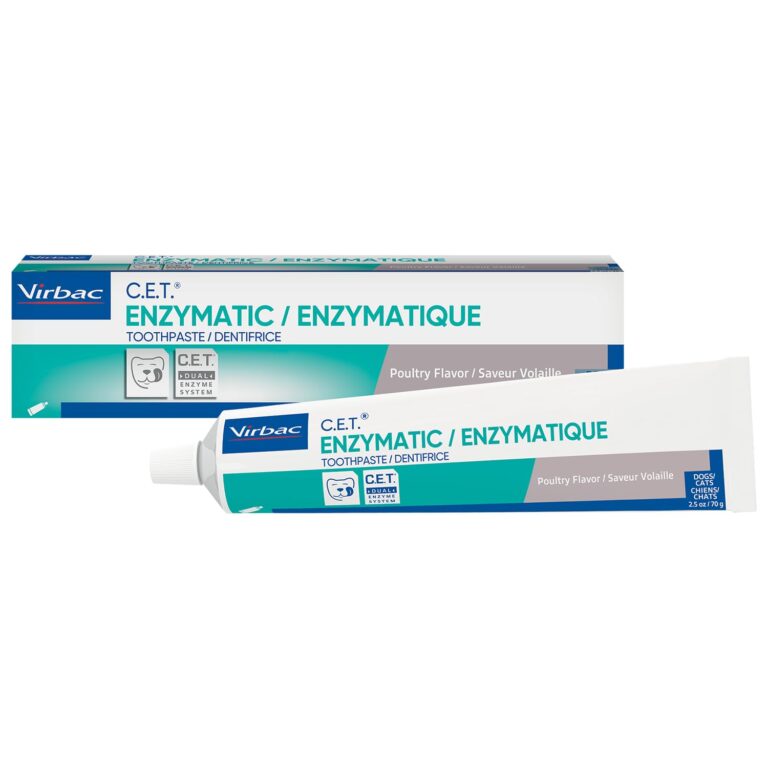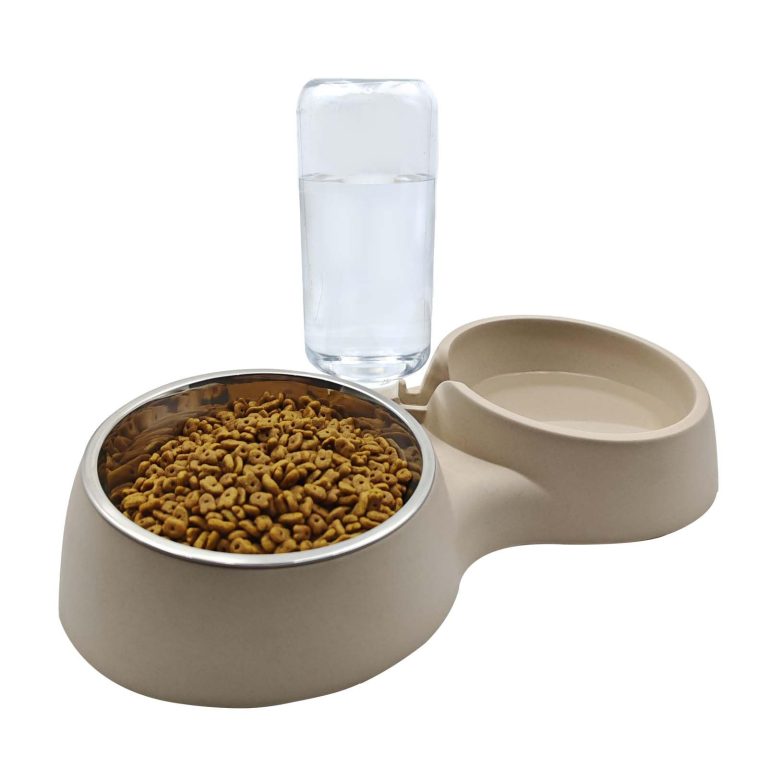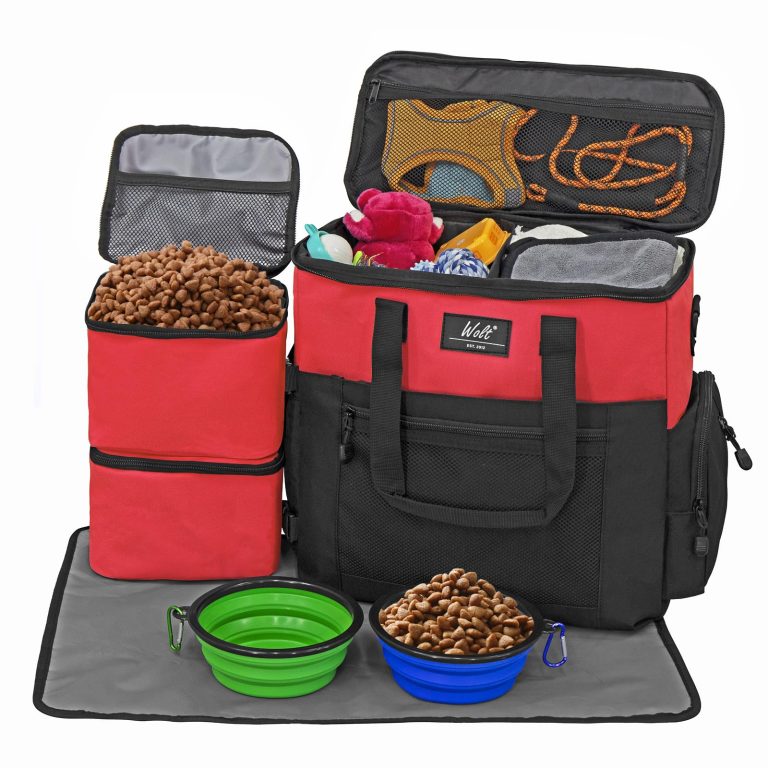The Truth About Commercial Dog Foods: What to Look For
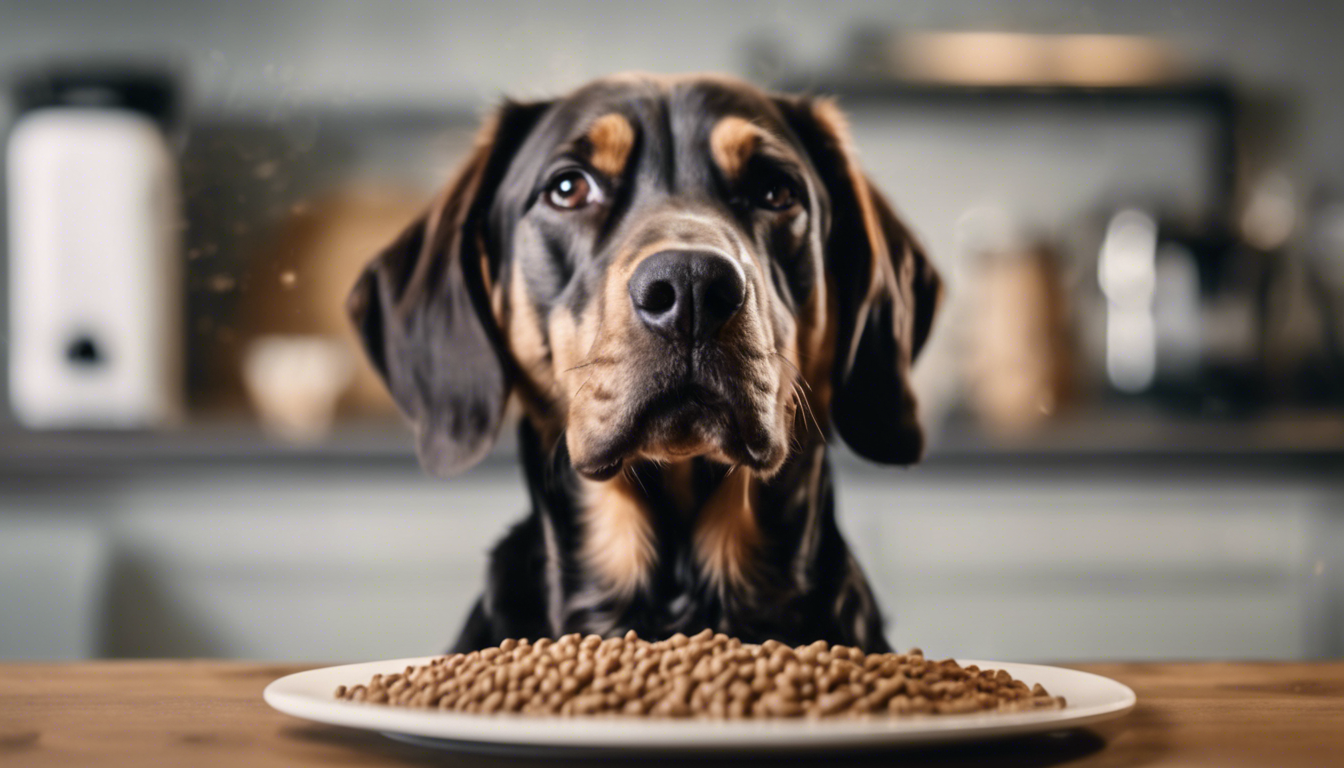
Understanding ingredient labels on dog food
Peering into the world of pet food labels can be akin to tumbling down a rabbit hole – confusing and a bit concerning. It is crucial to arm yourself with knowledge when deciphering these labels, ensuring your furry friend gets the nourishment they deserve. So, let’s untangle this puzzle together, shall we?
Take a moment and flip over your dog’s food package. The list of ingredients might seem like it is written in code, but in essence, the rule of thumb is simple: ingredients are listed by weight, with the heaviest up front. Now, this can be tricky because weight includes the moisture in the ingredient. That’s why a meat, often packed with water content, often sits at the top. But don’t let that lull you into a false sense of quality; it is not just about being first on the list, it is about what form it takes – real meat, meat meal, or something else?
If you spot terms like ‘chicken meal’ or ‘beef meal,’ don’t panic! These ‘meals’ are actually a concentrated form of meat with most of the moisture removed, which means they pack more protein punch per gram than fresh meats. On the flip side, seeing ‘meat by-product’ signals that you are looking at the less illustrious parts of the animal – beaks, hooves, and the like – which are lower in nutritional value.
Another point of note is grains and vegetables. While our carnivorous companions crave meat, grains like rice or corn, and vegetables such as peas or carrots are significant too. However, these should not overshadow the protein source. A good sign is when these are found further down the ingredient list, playing a supporting role rather than the lead.
Diving deeper, the presence of ‘complete and balanced’ on the label is linked to a set of standards by the Association of American Feed Control Officials (AAFCO). This means the food is supposed to meet the basic nutritional needs of your dog. But, just meeting the basics isn’t always enough. Be on the lookout for named fat sources like ‘chicken fat’ rather than vague ‘animal fat,’ and beneficial additions like fish oils, rich in Omega-3 fatty acids for skin and coat health.
When it comes to vitamins and minerals, a list longer than your arm is usually a good thing, indicating a well-rounded meal. However, understanding which ones are vital can be a bit of a jigsaw. For instance, a blend that boasts ingredients like chondroitin or glucosamine can be invaluable, especially for larger breeds prone to joint issues.
Remember, fancy packaging and clever branding can’t replace the value hidden within that ingredients list. Your pup doesn’t care for a bag’s color or a brand’s tagline – their bodies crave the nutrients inside. By learning how to read and understand the labels, you are investing in their health, meal by hearty meal.
Ultimately, knowledge is the best treat you can offer. So, keep these tips in your back pocket, and you’ll navigate the pet food aisle like a pro, confident in the choices you make for your four-legged pal. Their wagging tail and vibrant energy will be the true testament to your discerning eye and love.
The role of meat by-products and fillers
Turning our attention to the often-misunderstood terms ‘meat by-products’ and ‘fillers,’ let’s clarify their roles in your dog’s diet. Starting with meat by-products, it is important to recognize that these are not inherently bad. In the wild, dogs wouldn’t hesitate to consume the entire prey, which means organ meats and bones are a natural part of their diet. However, in commercial dog food, the quality of by-products can vary significantly. While they can be highly nutritious, offering organ meats that are rich in vitamins and minerals, the source and processing of these by-products can make all the difference. It is essential to look for brands that specify the kinds of by-products used and assure their quality standards.
Next up are fillers, which get a fair bit of flack in the dog food world. These are ingredients added to pet foods to create bulk and possibly provide a source of dietary fiber. Common fillers include corn, wheat, and soy, which are not inherently harmful and can serve a purpose in the diet. However, if the food is heavy on fillers with less room for high-quality protein, now, let’s raise a brow. A healthy balance is key; fillers should never take center stage over the main act – the protein.
What it boils down to is ensuring that while your dog’s diet includes some of these components, they don’t tip the scale against their well-being. A balance of good protein sources, healthy fats, and necessary carbohydrates (yes, dogs need those too) should form the cornerstone of a canine meal. And here’s a little extra chew on: smaller dogs might have a faster metabolism and could benefit from a slightly higher percentage of fats in their diet, whereas big bowwows might thrive on formulas tailored to support joint health.
Considering homemade diet options? That is a fantastic way to cater to your dog’s individual needs, but it is no easy task. Home-cooked meals for pups must be carefully balanced and varied to avoid nutritional deficiencies. Consulting with a veterinary nutritionist can ensure your homemade menu meets all your dog’s dietary requirements. And let’s not say goodbye to treats! They should only make up a small percentage of your dog’s diet; consider of them as the sprinkles on a cupcake, not the main ingredient.
Don’t let the jargon of ‘meat by-products’ and ‘fillers’ send you barking up the wrong tree. While they have a role to play, the spotlight should always shine on high-quality, easily identifiable ingredients that provide the essential nutrients your canine companion needs to lead a hale and hearty life. Tailor your dog’s diet to their unique requirements, and you’ll be setting the table for a feast of good health that’ll keep them thriving for years to come.
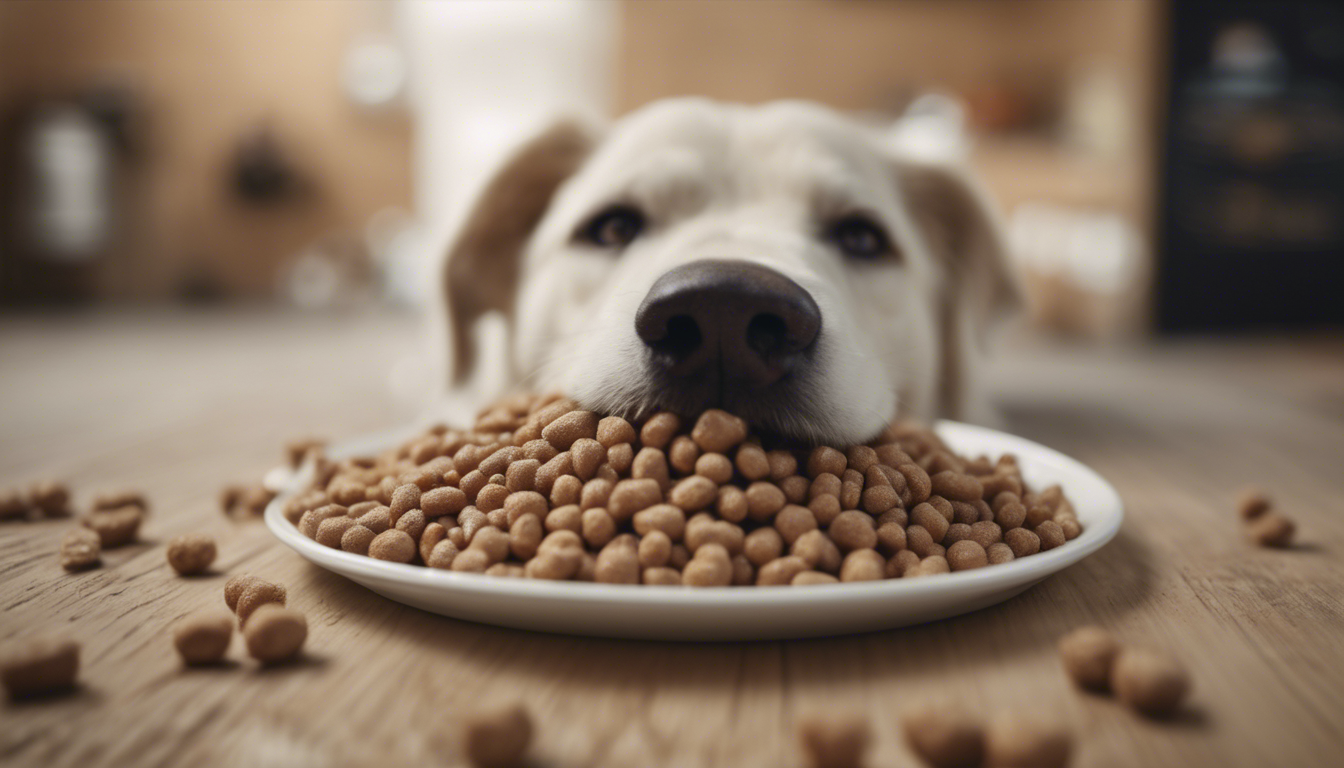
Nutritional requirements and health claims
As pet guardians, we have a profound responsibility to understand the nutritional needs of our furry friends. Amid the sea of health claims and buzzwords, it is important to decipher what truly matters for our dogs’ health.
Dogs, like humans, require a balanced diet to meet their diverse nutritional needs. This diet should provide the right amounts of proteins, fats, carbohydrates, vitamins, and minerals. Essential nutrients such as amino acids from proteins, fatty acids, calcium, phosphorus, and a plethora of vitamins, including A, B, D, E, and K, are indispensable for a dog’s health. Interestingly, each life stage from puppyhood to senior may demand different nutritional profiles. For example, puppies benefit from more calories and specific nutrients to support rapid growth, while seniors might need fewer calories to prevent weight gain but more of certain nutrients to support joint health.
When examining dog food labels, health claims can appear impressive, but do they hold up? Look beyond the eye-catching phrases and assess whether these claims are substantiated. “Supports healthy joints” or “Improves coat luster” sound promising, but check for clinically proven ingredients like glucosamine for joints or Omega fatty acids for coat health.
A common challenge arises with the popular term “natural” on dog food packages. While there is some regulation around this term, it does not necessarily mean the food meets all of your dog’s nutritional needs or that it is free from artificial additives. It is the detailed list of ingredients and the balanced composition of the diet that truly define its quality and nutritional value.
If you’re considering a homemade diet for your pooch, understanding canine nutrition becomes even more critical. While cooking for your dog allows you to control the quality of ingredients, it’s a delicate balancing act. Each meal needs to offer a comprehensive nutrient profile—for instance, the right calcium to phosphorus ratio is important to avoid bone health issues. Relying solely on meat, for instance, can result in a protein-heavy diet lacking in essential vitamins and minerals found in vegetables, grains, and fruits. Hence, incorporating a variety of food types is important, and supplements may be necessary.
Research often unveils new insights into canine nutrition, and staying informed can greatly benefit your dog’s health. For instance, the role of antioxidants in preventing cellular damage is just as relevant for dogs as it’s for humans. Selecting foods with added antioxidants or supplementing your dog’s diet with antioxidant-rich foods can be beneficial, especially as they age.
Addressing common dietary challenges involves being vigilant about food sensitivities and allergies, which can often be masked by non-specific symptoms. If you suspect your dog isn’t reacting well to their current diet, consult your vet and think an elimination diet to identify the culprit.
Nurturing your dog’s health through nutrition takes more than falling for fancy health claims. It requires a keen eye for detail, a commitment to understanding their unique nutritional needs, and sometimes, the guidance of professionals. So, whether it’s store-bought or home-cooked, ensuring your dog gets a well-rounded and balanced diet is the foundation of a happy, healthy life for your canine companion. Remember, when in doubt, reach out to a vet or nutrition expert to steer the course to optimal health.
Decoding marketing claims and choosing the best option
Now, let’s talk about making heads or tails of marketing claims and picking the primo chow for your pooch. Ever feel like you’ve stepped into a maze of “premium” this and “holistic” that? Well, you’re not alone. These buzzwords can make any dog parent’s head spin faster than Fido chasing his own tail. But don’t let the slick talk of dog food packaging lead you astray – there’s an art to seeing past the fluff.
First off, that word “premium” has no standard definition in the pet food industry. It’s about as regulated as your dog’s desire to play fetch — which is to say, not at all. So instead of falling for a fancy term, flip that bag over and scrutinize the ingredient list and nutritional adequacy statement. Does it align with your dog’s dietary needs and life stage? This is the real measure of quality.
How about “human-grade”? It sure sounds like you could fork that kibble right onto your dinner plate, but here’s the skinny: unless the entire production process is certified for human food standards, this label is just window dressing. Always dig deeper to ensure the ingredients are indeed a cut above the norm.
- Ponder the source of the protein – is it identifiable and reputable?
- Check the order of ingredients – are proteins taking center stage?
- Look for whole foods – are fruits, vegetables, and grains listed as recognizable names?
- Investigate the fats and oils – are they named and beneficial for your buddy’s coat and overall health?
Remember, it’s about the substance within the bag and not the words outside.
Next, let’s have a chinwag about “grain-free” options. It’s tempting to leap on this bandwagon, especially with all the chatter about grains being no good for dogs. But hold the phone – grains are not the villain they’ve been made out to be. Unless your dog has a specific allergy or intolerance diagnosed by a vet, grains can actually be a valuable source of energy and nutrients. So, no need to shy away unless grains truly are the bad guy for your particular pup.
Gourmet, holistic, natural, scientifically formulated – these are all phrases that might tickle your fancy, but what do they actually mean for your dog’s diet? Heads up: not always a lot. What’s key here is whether the diet is “complete and balanced,” which signifies it is got everything your doggo needs to thrive, endorsed by our pals at AAFCO.
Now, when you’re prowling the pet food aisles, you want to put on your detective hat. Analyze those labels like a pro, keep your wits about you when faced with snazzy marketing, and focus on the ingredients and nutritional value. Your furry buddy won’t give two barks about a bag’s design or the anecdotes spun on the back, but they’ll sure show appreciation with abundant energy and vigor when their bowl’s filled with the right stuff.
And hey, if you’re leaning towards whipping up your own doggy dishes at home – more power to you! Just remember, you’re now the chef and nutritionist, which means ensuring every spoonful provides the balanced nutrition your dog requires. It might mean putting in extra work and consulting a professional, but for those who take the homemade route, it is a labor of love.
Ultimately, choosing the best chow for your canine is about doing your homework, understanding their unique needs, and offering them a diet this is as balanced as a perfectly thrown ball. Keep these tips in your hip pocket, and you’re sure to fetch the best fit for your dog’s diet. And remember, any questions or concerns about your dog’s nutrition should always be chewed over with your trusted vet or a canine nutritionist. That’s how you ensure your pooch is getting the ultimate in fine dining!
